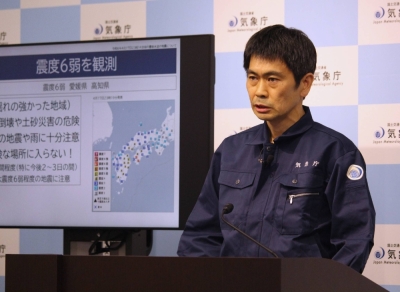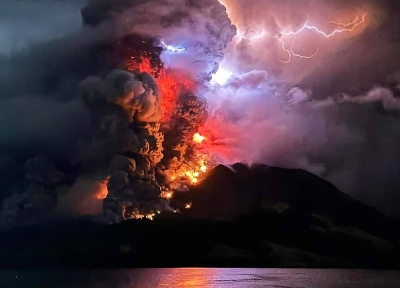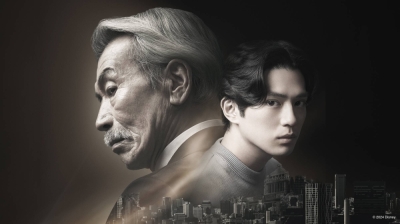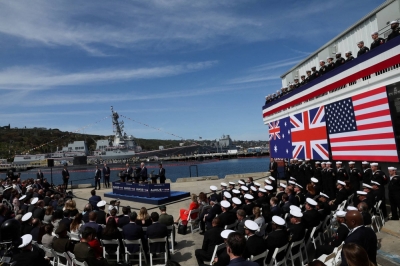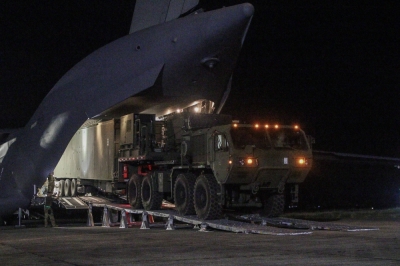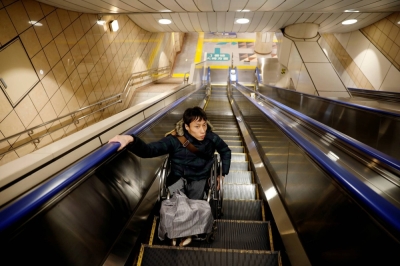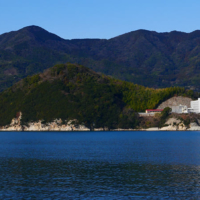Meta
Masaru Fujimoto
For Masaru Fujimoto's latest contributions to The Japan Times, see below:
Mar 13, 2005
Aug 10, 2003
Jun 1, 2003
Jun 1, 2003
Jun 1, 2003
May 4, 2003
Feb 2, 2003
Feb 2, 2003
Apr 28, 2002
Mar 31, 2002
















